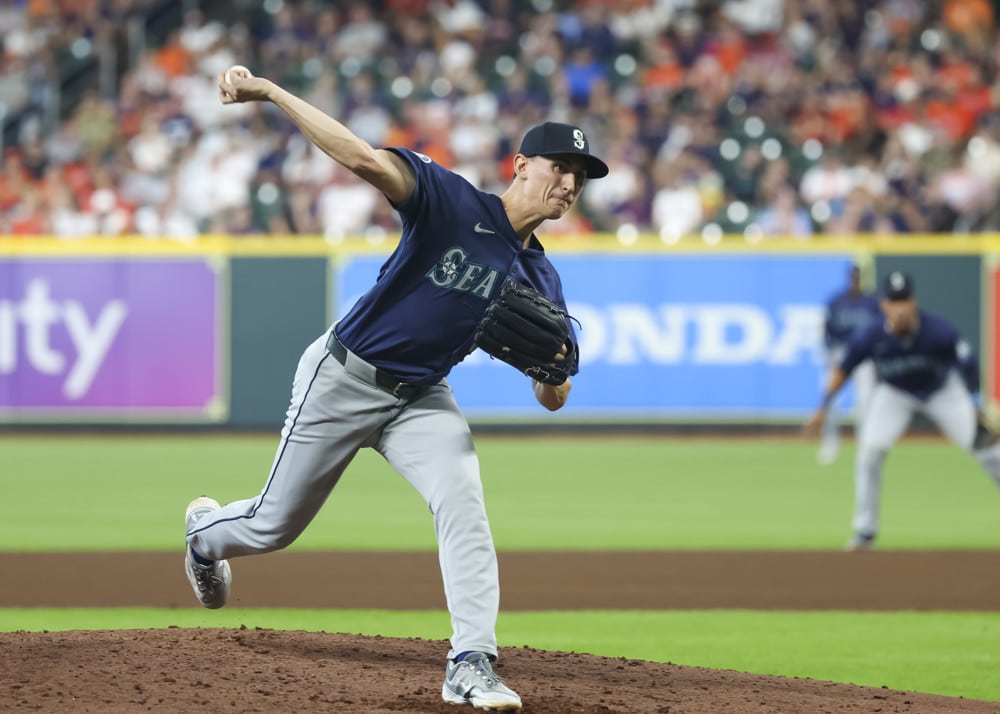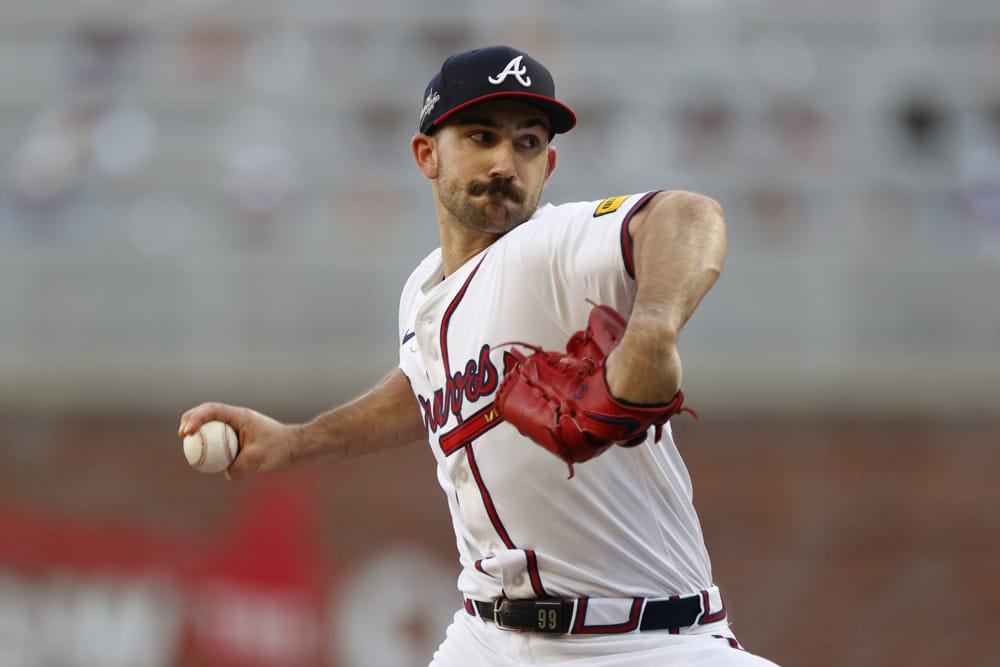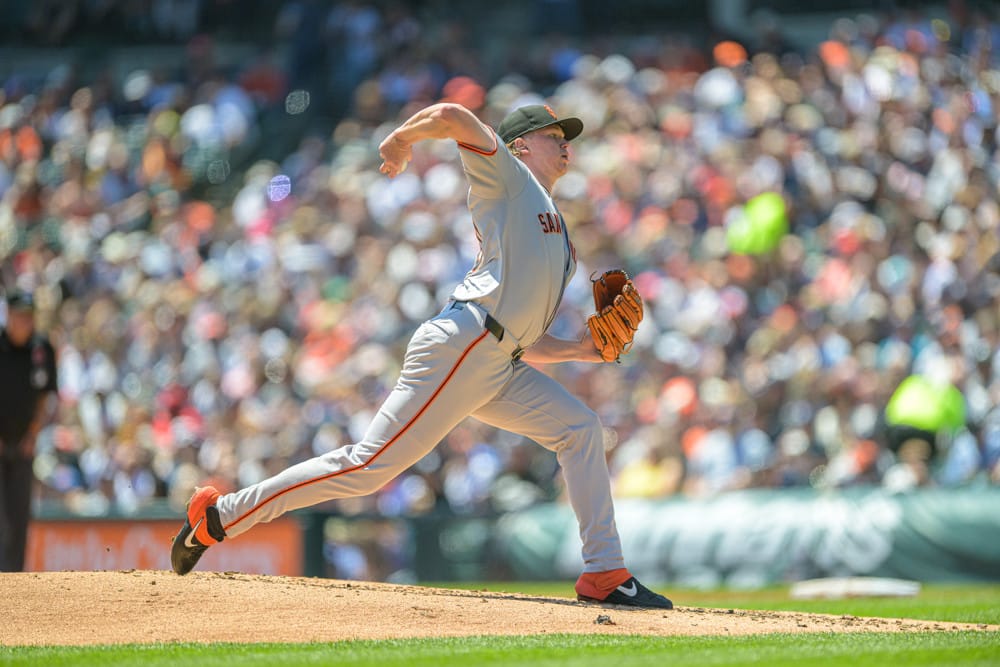While most of the sports gambling world is fixated on NFL three team parlays or tinkering with their fantasy football lineups, the PGA Tour kicks off the 2019-2020 season with the Military Tribute at the Greenbrier in White Sulphur Springs, West Virginia.
Here’s everything there is to know about the event before placing a single wager on it.
The Field
The annual tournament at the Greenbrier Resort never attracted the strongest fields or the biggest sponsorship dollars, and it was punted from the summer schedule in order to make room for stops at larger markets. By making it the first tournament of the new PGA Tour season, however, there was hope that bigger named stars would make room for it on their schedule, as it’s previous date competed with higher profile European Tour events and was sandwiched between two majors.
Unfortunately this strategy didn’t seem to work. Only a handful of elite players will stay at the Greenbrier Resort this week, including Bryson DeChambeau, Bubba Watson and Marc Leishman. But outside these names the rest of the field primarily consists of middle-of-the-pack players, veterans struggling to stay relevant on the PGA Tour, or recent graduates of the Korn Ferry Tour looking to break through in the big leagues. While hardcore golf fans are excited to see a bunch of new faces on the PGA Tour, these players won’t bring in any casual viewers to the broadcast, especially with College Football and the NFL back in season.
Why did the move fail to deliver more star power to the Greenbrier? For one, the countermove of the PGA Tour schedule reshuffle for the European Tour was to transition several of its high profile tournaments to the fall. This means that almost every relevant European golfer has now shifted their schedule across the pond.
But even for high profile Americans there simply is very little incentive to compete this week. They all just went through a hectic fourteen week stretch that included three majors, a WGC and the FedEx Cup Playoffs. They can afford to take a much needed break without worrying of missing out on early season FedEx Cup points, as there will be ample opportunity in 2020 for those. In addition, there isn’t anything commercially around the Greenbrier that would entice them to make an appearance. Without any presence of a major metropolitan market full of Fortune 500 companies, there’s almost zero off-the-course brand building a star player can do this week.
Unless they have a personal relationship to the resort (Hello, Bubba Watson), or is a weirdo that loves the ancient art of falconry (Hello, Bryson DeChambeau), or are a complete degenerate who wants to use the tournament as an excuse to drink, smoke, and gamble away thousands at the resort’s world class casino (Hellloooooooo John Daly!), the Greenbrier unfortunately has become a forgotten tournament exiled to the purgatory of the Fall Series. It’s a shame it’s been reduced to that, because the golf course itself is one of the strongest ones on the PGA Tour.
The Golf Course
In 2010, the PGA Tour finally made the Greenbrier a normal tour stop on the resort’s Old White TPC course, a Par 70 track that stretches approximately 7,300 yards. Built in 1914 by C.B. McDonald and later updated by Seth Raynor, the Old White Course is one of the more pristine conditioned golf courses on the schedule. It features bentgrass greens, an intriguing layout and routing design (as opposed to the back and forth “army golf” tracks seen too often on the schedule) and breathtaking and scenic views that gives the tournament a sense of serenity.
While TPC is attached to the name of the golf course, there isn’t much “TPC” about it. The knock on traditional TPC layouts is that they’re bomber’s paradises. There’s very little creatively about these golf courses tee-to-green, and too often overrelies on bunkers and water hazards to challenge the players.
In contrast, the Old White is inspired by the classical features of a Scottish Links golf course. Many features of the Old White were borrowed from North Berwick and St. Andrews, two of the most famous golf courses in Scotland, and the positioning of humps and swales tee-to-green means players must think their way around the Old White TPC. When these are harmonized with the routing of the fairway, the positioning and the undulation of greens, it’s more important to give oneself the best angle into the hole instead of hitting the ball as far up the fairway as possible.
Here’s a few notable examples of the quirkiness of the Old White:
Hole No. 2 – Hogs Back
The safe route off the tee is down the left side of the dog leg. That’ll help the player avoid the trees and the creek that guards the right side of the hole. But those who play it safe off the tee will have to contend with the hole’s “Hog’s Back”, which is a large swale that runs all the way from the fairway to the green. Not only does that offer an uneven lie that the players would hit their approach from, it reduces the optimal landing zone onto the green and makes some pin placements nearly inaccessible. While a tee shot down the right side of the fairway is riskier, it offers an almost unobstructed shot to any pin placement.
Hole No. 3 – Biarritz
The collection of Par 3’s on the Old White TPC might be the strongest on the PGA Tour, which include a redan hole on No. 8 and a fun closing Par 3 18th that features a horseshoed ridge in the middle of the green. The Par 3 3rd hole features a narrow but long green and it’s own “Valley of Sin” in the middle of the complex (a tongue and cheek homage to St. Andrews). Tee shots onto the proper tier is absolutely vital, as anyone who puts their tee shot on the wrong plateau or into the valley itself faces a very difficult two putt.
Hole No. 13 – Alps
Like the 2nd hole, a riskier tee shot down the left side towards the creek and the trees offers an unobstructed view into the green. Anyone who cuts the corner down the right for a shorter approach, however, will have a blind approach shot over the “Alps”, a large mound that guards the right side of the green. This hole was inspired by the 17th at Old Preswick in Scotland.
In addition to these holes, there’s a “punchbowl” green on Hole No. 9, significant mounding down the left side of Hole No. 5, and a fairway bunker complex shaped like a “nose” in the middle of the 10th fairway to guard the green. Oddball features like these are prominent in classic Scottish golf. It’s refreshing to see these translated to a regular stop on the PGA Tour and gives the viewer a different style of golf than most other courses showcased on the schedule.
Betting Strategies
Bettors have a few challenges on their hands this week. For one, this is a tournament with a very weak field full of mediocre players susceptible to volatile results week to week. Most of these players likely haven’t played a competitive round of golf in over a month, which could render recent form statistics meaningless. In addition, about 1/3 of the field are recent graduates of the Korn Ferry Tour who are either competing in their first PGA Tour event or return to the circuit after being demoted in a prior year. The Korn Ferry Tour does not have any ShotLink data , and the only tools at our disposal for these players are more rudimentary statistics like driving accuracy, driving distance, and greens in regulation. These are binary statistics that aren’t quite as revealing to the strengths and weaknesses of a players game. Therefore, backing the right players this week is more of a test to understand the golf course and to try and match that to specific attributes of a player’s style.
While the Old White TPC isn’t the widest golf course on the PGA Tour, players won’t be discouraged to keep driver in the bag. The test off the tee this week is to hit it long and straight to the correct side of hole, not necessarily to hit it the longest or even keep it in the fairway. As long as the player sets themselves up off the tee with a great angle into the green, there’s plenty of chances to score on the golf course.
Therefore, accurate golfers off the tee tend to have a little bit of an advantage over players who prefer bomb and gouge tracks. Players who also show a strong command of their approach shots, scrambling and make a high percentage of birdies also make regular appearances at the top of leaderboards as well.
The quirkiness of the Old White TPC also elevates players who like to be creative or take a more cerebral approach to their game. Players need to think a shot or two ahead when navigating the golf course, and also need to have the ability to shape shots into tricky greens in case they’re not in the optimal position. That’s part of the reason a long and inaccurate player like Bubba Watson fares well at the Greenbrier because of how well he can shape his shots.
Lastly, because of the shallow field it’s going to be very tempting to find safe harbor in the more mainstream and safe players. I expect a lot of “experts” to try and tout guys like Byeong Hun An, or Joaquin Niemann, or Viktor Hovland all week. While I like these players just fine, these safe and trendy picks will have very high ownerships in DFS this week.
It’s almost unavoidable not to include a recent Korn Ferry Tour graduate and take a few risks on a DFS lineup this week. Of these players, I prefer those who finished inside the Top 25 of the regular season money list than those who earned their card through the Korn Ferry Tour Finals. The players who earned their cards before the finals are more talented players on the upswing, and are more likely to make splashes on the PGA Tour out of the gate.






























